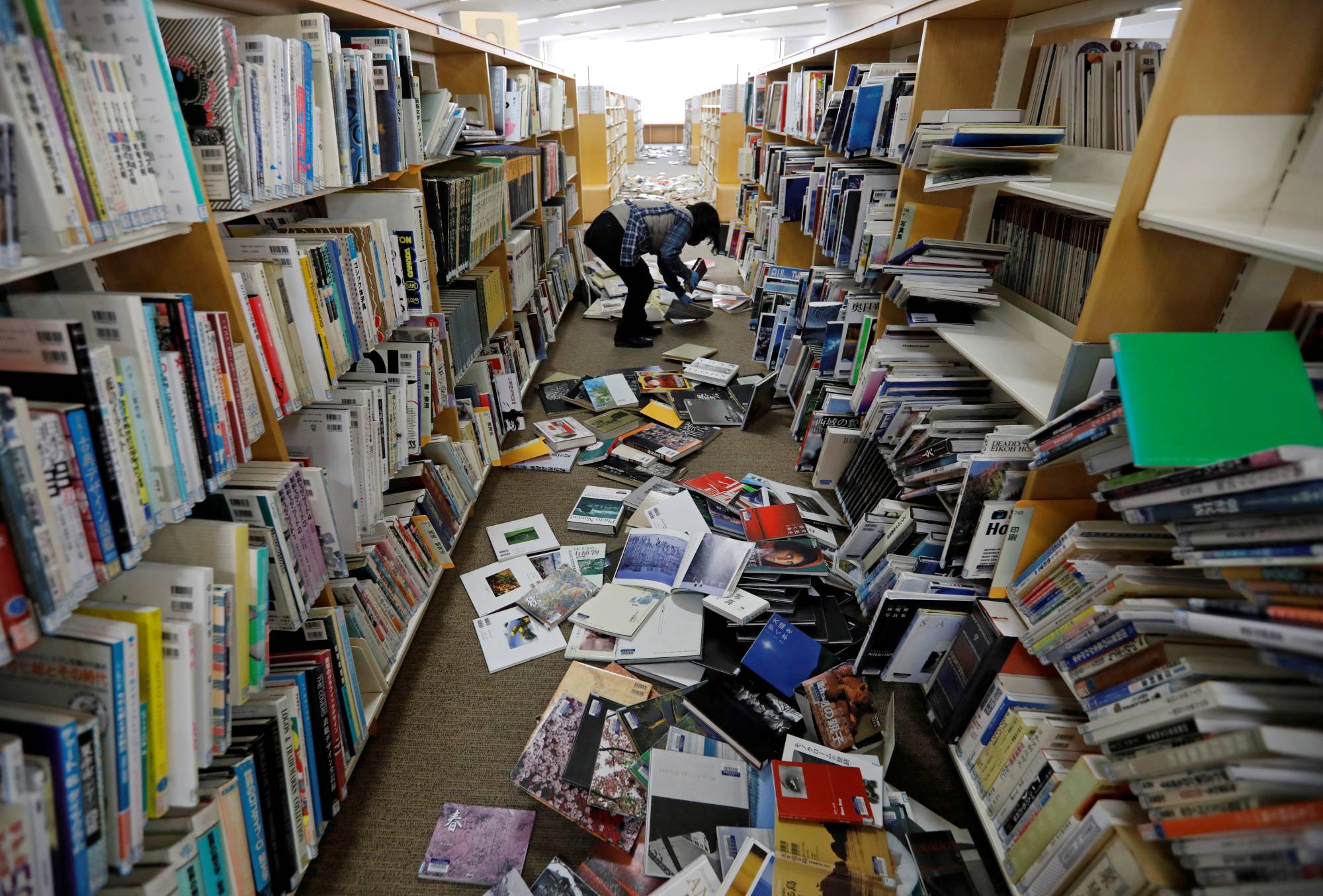At exactly 14:26 p.m. on March 11, 2011, when a huge earthquake struck northeastern Japan, I was giving a speech in downtown Tokyo. Fortunately, the ceiling of the old ballroom did not collapse. Public transportation and telephone services immediately came to a halt. Millions of people were forced to walk home, often taking hours, while many others had to spend the night at their places of work.
When I evacuated the building, miraculously, I was able to catch a taxi. When I got home, TV news programs started reporting the large-scale devastation caused by the tsunami that battered the region's shores. Nobody can forget those unbelievable scenes. Then we learned about the meltdowns at the nuclear power plant in Fukushima. This is how I remember the disaster 10 years ago.
In February 2012, the Japanese government established a new agency to coordinate various reconstruction efforts related to the disaster. The Reconstruction Agency’s website commends the reconstruction efforts by survivors, nonprofit organizations, volunteers, corporations and universities. The website of the Cabinet Office lists the lessons from the Great East Japan Earthquake, including: Measures must be based on pessimistic expectations; to minimize damages, there must be coordination between local communities, citizens and corporations; and drills are useful. That list is fine but something seems to be lacking.



















With your current subscription plan you can comment on stories. However, before writing your first comment, please create a display name in the Profile section of your subscriber account page.